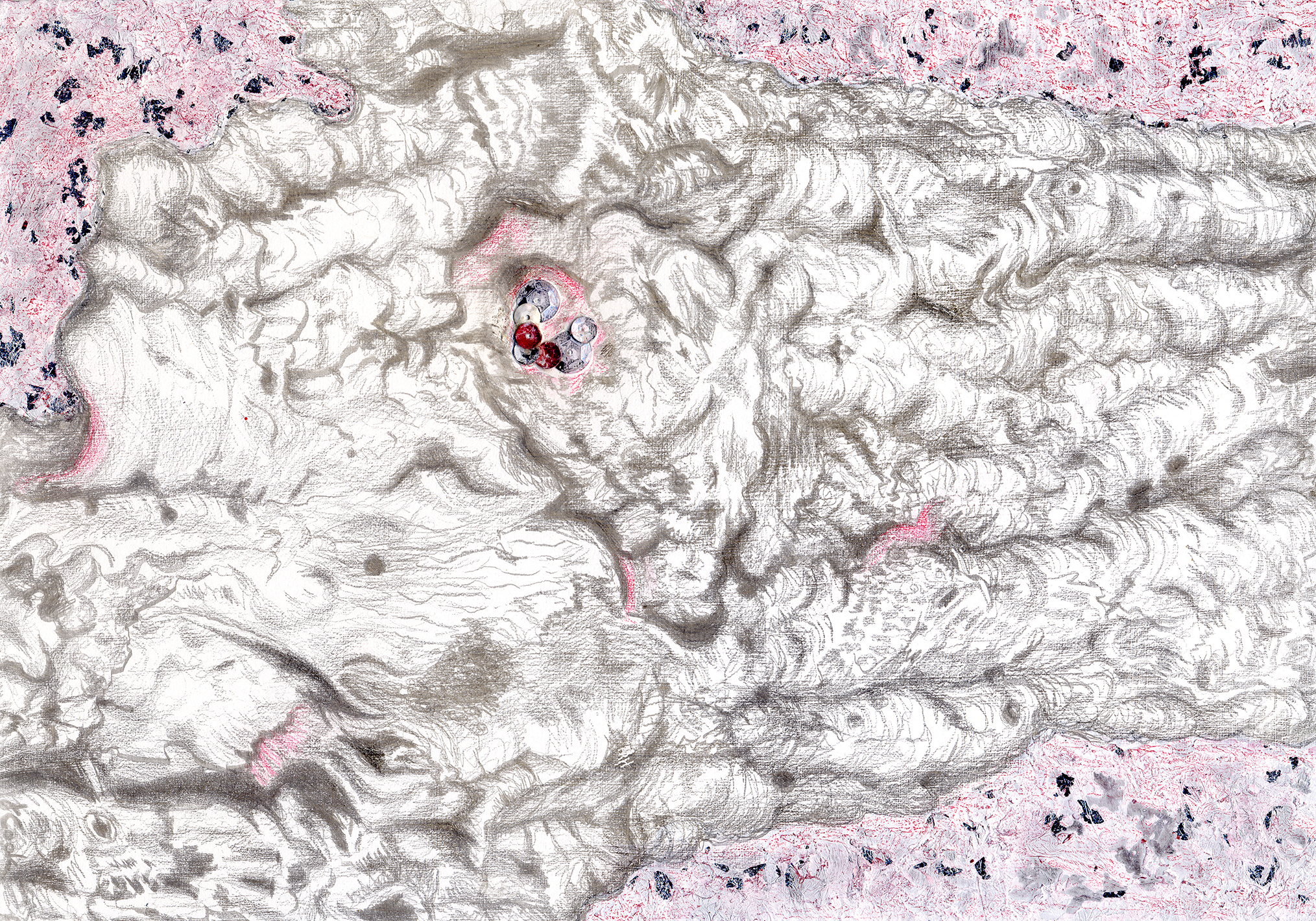I am finding that patterns are becoming more and more fascinating to me as I function as an artist. I suppose I have always had a love of nature's order and patterning - in seed pods, striationson tree bark, flower petals and leaves, in the way shadows fall on surfaces, how rocks are distinctively formed, how sands get ridged and shaped by water or wind.
Patterns in the Sand
Now, however, I am more and more aware of the amazing power of patterns - in life in general and in art in particular. Take a look at a fascinating website on the Fibonacci Numbers and see how marvellous all these patterns are.
Romanesque cross between broccoli and cauliflower
I think my newfound passion for drawing in metalpoint on a black ground has fuelled my interest in patterns, for somehow this medium seems to lend itself readily to the seeming abstraction of patterns. Living as I do in beautiful natural surroundings also helps me suddenly see new patterns which excite and inspire. Artists of all stripes seem to respond to the diversity of nature's patterns, from draughtsmen to photographers.
M.C. Escher’s 1938 woodcut entitled “Sky and Water 1”
My small drawings of nature's patterns are often of tree bark and wood grains.
Jacaranda bark - silverpoint, Jeannine Cook artist
Rings of Time: Wood grains - silverpoint, Jeannine Cook artist
Eucalyptus bark - silverpoint, Jeannine Cook artist
The rewards of looking closely and attentively at nature to see these myriad complex and magical patterns are endless. History is full of artists who have found patterns to be a wonderful source of creativity - just think of Van Gogh, for a start!
Detail of Vincent Van Gogh's Starry Night, 1889, Image courtesy of The Museum of Modern Art, New York











